Last-Minute NYC Holiday Gift Guide 🎁
We’ve created a holiday gift guide with presents for the intrepid New Yorker that should arrive just in time—


Built in the 13th century for the rulers of the Nasrid Dynasty, the Alhambra attests to the rich influence of Arab culture in southern Spain. The earliest documents about the area date back to the 9th century, when the Alcazaba fortress was built during the conflicts between Muslims and the Christians who converted to Islam. The Alhambra was declared a UNESCO world heritage site in 1984 after falling into disrepair during the 18th century and being rediscovered by scholars and travelers in the 19th century. Today, the grounds of the palace and its incredible gardens are well maintained and open to visitors year-round.
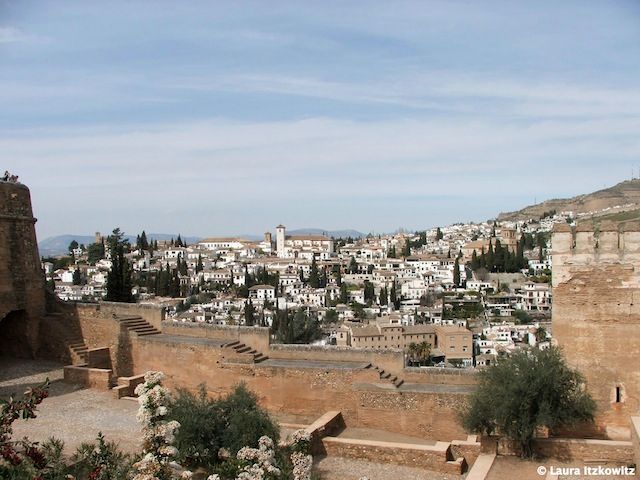
To get to the Alhambra, you have to climb up a large hill, but at the top you will be amply rewarded with incredible views of the city below. The white buildings with their terra cotta rooftops stretch outwards for miles and the air seems perfumed with exotic flowers. As soon as you cross the large arched threshold, you’ll realize that this is no ordinary palace. The Alhambra might be even grander than Versailles. You’ll be enchanted by the immense spaces, domed ceilings carved with Arab motifs, traces of centuries-old blue paint and intricate tiles. Islam prohibits the depiction of figures, so many of the carvings are inscriptions and Arabic poems written by various poets of the court.

The Alhambra actually consists of three different areas: the Mexuar, which was where the king administered state affairs and justice, the Comares Palace, which was the king’s official residence, and the Palace of the Lions, which was completely private. The legend goes that the Prophet Mohammed was once interrupted in his palace by one of his devotees who didn’t ask permission to enter while he was playing on the floor with his grandchildren. Displeased by the interruption, Mohammed decided that it was important to have a private part of the palace that would be strictly off-limits to visitors. That area came to be known as the Harem, though the word simply refers to the king’s private quarters.
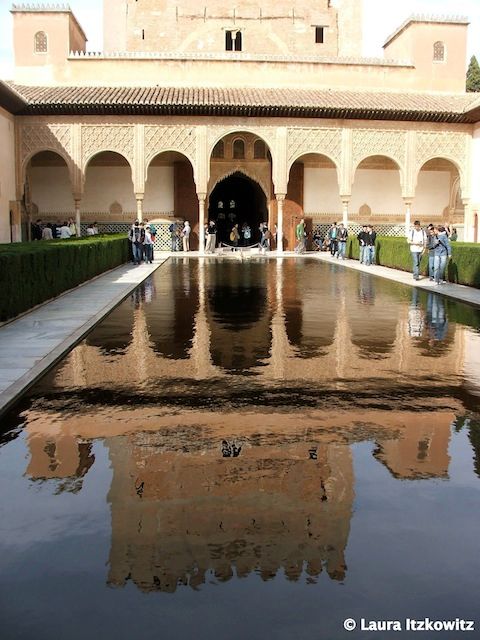
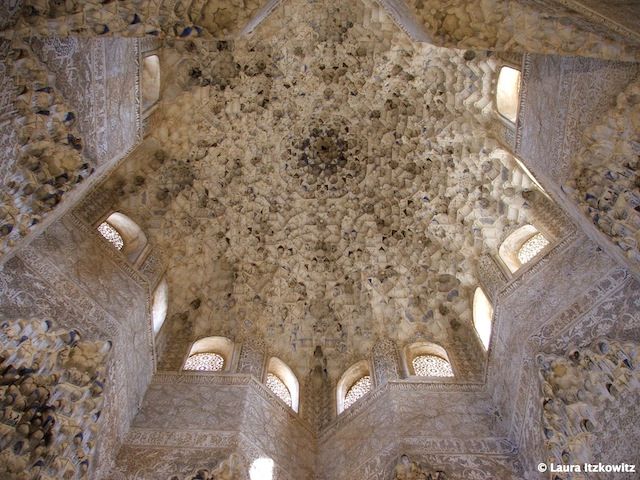
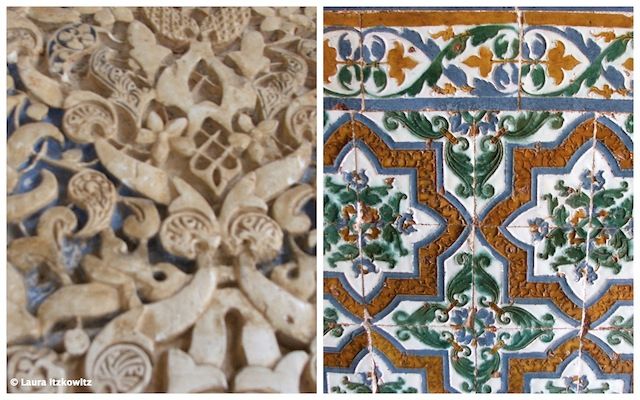
The Generalife gardens were almost more impressive than the palace–immense and well groomed with box hedges and water features. Some had trellises, others had pools or miniature waterfalls. On what seemed to be the edge of the grounds, there is a small open room with roses peeking in through the arches. It’s so quiet and peaceful. You can almost imagine what it might have been like in the 14th century, when kings and royalty came here to escape the demands of court life, like Marie Antoinette used to escape to her hamlet on the grounds of Versailles.
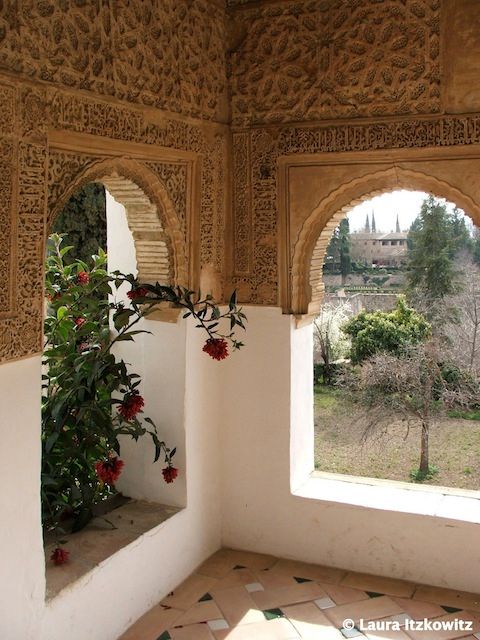
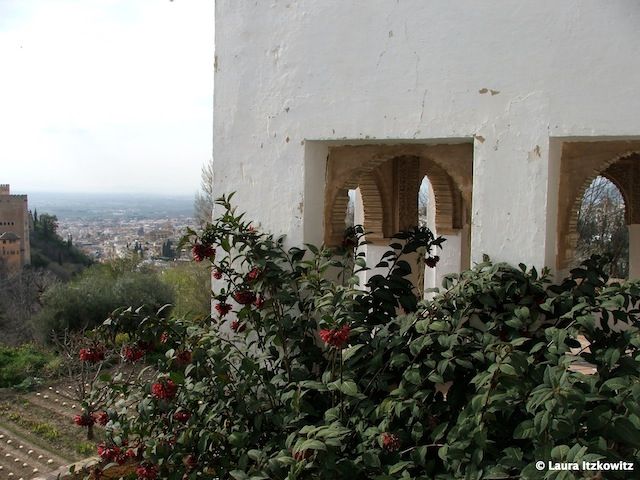
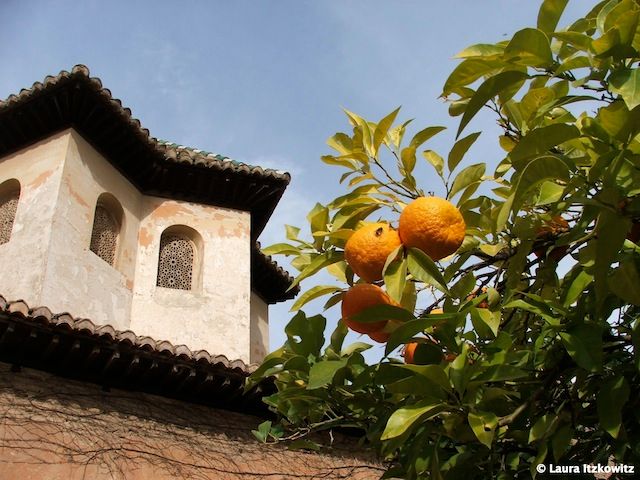
Advanced tickets are recommended for visits to the Alhambra. For 13€ you can visit the Nasrid Palaces, the Alcazaba, the Generalife gardens and the Mosque baths. You must purchase tickets for the morning, afternoon or evening entry, but can stay until the palace closes. For more information about tickets, click here.
Get in touch with the author @lauraitzkowitz.
Subscribe to our newsletter